David Barry Gaspar - Beyond Bondage: Free Women of Color in the Americas
Here you can read online David Barry Gaspar - Beyond Bondage: Free Women of Color in the Americas full text of the book (entire story) in english for free. Download pdf and epub, get meaning, cover and reviews about this ebook. year: 2010, publisher: University of Illinois Press, genre: Home and family. Description of the work, (preface) as well as reviews are available. Best literature library LitArk.com created for fans of good reading and offers a wide selection of genres:
Romance novel
Science fiction
Adventure
Detective
Science
History
Home and family
Prose
Art
Politics
Computer
Non-fiction
Religion
Business
Children
Humor
Choose a favorite category and find really read worthwhile books. Enjoy immersion in the world of imagination, feel the emotions of the characters or learn something new for yourself, make an fascinating discovery.

- Book:Beyond Bondage: Free Women of Color in the Americas
- Author:
- Publisher:University of Illinois Press
- Genre:
- Year:2010
- Rating:3 / 5
- Favourites:Add to favourites
- Your mark:
Beyond Bondage: Free Women of Color in the Americas: summary, description and annotation
We offer to read an annotation, description, summary or preface (depends on what the author of the book "Beyond Bondage: Free Women of Color in the Americas" wrote himself). If you haven't found the necessary information about the book — write in the comments, we will try to find it.
Emancipation, manumission, and complex legalities surrounding slavery led to a number of women of color achieving a measure of freedom and prosperity from the 1600s through the 1800s. These black women held property in places like Suriname and New Orleans, headed households in Brazil, enjoyed religious freedom in Peru, and created new selves and new lives across the Caribbean. Beyond Bondage outlines the restricted spheres within which free women of color, by virtue of gender and racial restrictions, carved out many kinds of existences. Although their freedomrepresented by respectability, opportunity, and the acquisition of propertyalways remained precarious, the essayists support the surprising conclusion that women of color often sought and obtained these advantages more successfully than their male counterparts.|Contents Preface Part 1: Achieving and Preserving Freedom 1. Maroon Women in Colonial Spanish America: Case Studies in the Circum-Caribbean, Sixteenth-Eighteenth Centuries Jane Landers 2. Of Life and Freedom in the (Tropical) Hearth: El Cobre, Cuba, 1709-73 Maria Elena Diaz 3. In the Shadow of the Plantation: Women of Color and the Libres de fait of Martinique and Guadeloupe, 1685-1848 Bernard Moitt 4. To Be Free Is Very Sweet: The Manumission of Female Slaves in Antigua, 1817-26 David Barry Gaspar 5. Do Thou in Gentle Phibia Smile: Scenes from an Interracial Marriage, Jamaica, 1754-86 Trevor Burnard 6. The Fragile Nature of Freedom: Free Women of Color in the United States South Loren Schweninger Part 2: Making a Life in Freedom 7. Out of Bounds: Emancipated and Enslaved Women in Antebellum America Wilma King 8. Free Black and Colored Women in Early Nineteenth-Century Paramaribo, Suriname Rosemarijn Hoefte and Jean Jacques Vrij 9. Ana Paulinha de Queirs, Joaquina da Costa, and Their Neighbors: Free Women of Color as Household Heads in Rural Bahia (Brazil), 1835 B. J. Barickman and Martha Few 10. Libertas Citadinas: Free Women of Color in San Juan, Puerto Rico Flix V. Matos Rodrguez 11. Landlords, Shopkeepers, Farmers, Slaveowners: Free Black Female Property Holders in Colonial New Orleans Kimberly S. Hanger 12. Free Women of Color in Central Brazil, 1779-1832 Mary C. Karasch 13. Henriette Delille, Free Women of Color, and Catholicism in Antebellum New Orleans, 1727-1852 Virginia Meacham Gould 14. Religious Women of Color in Seventeenth-Century Lima: Estefania de San Ioseph and Ursula de Jesu Christo Alice L. Wood Contributors Index
Library of Congress Subject Headings for this publication: Women, Black America History, Free blacks America History, America Social conditions, America Race relations, Slavery America History|
This volume is a must-read for students of comparative New World slave systems. Although the primary focus of each essay is the quality of life experienced by women of color in a particular locale, each contributes to a broad picture of the interconnected web of racial identities, class systems, and sexual exploitation that characterized slave societies.Journal of American History
This book lays a solid foundation for future studies of free black women in the Americas. One of its greatest strengths is its comparative framework, which allows the reader to analytically compare and contrast the different regions of the Americas. Another strength is the wide variety of sources and methodological approaches used by contributors, which results in a richly textured analysis in every essay. . . . Future research will undoubtedly confirm the major finding of this book: that the social position of free women of colorsubordinate, yet with access to resources and...
David Barry Gaspar: author's other books
Who wrote Beyond Bondage: Free Women of Color in the Americas? Find out the surname, the name of the author of the book and a list of all author's works by series.

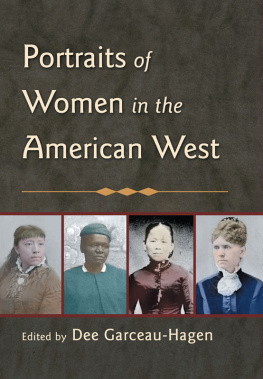
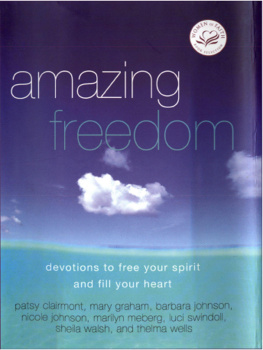

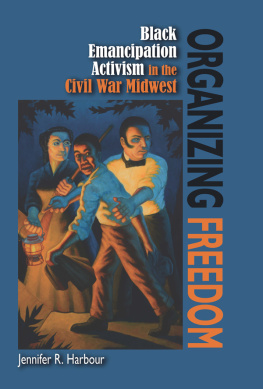
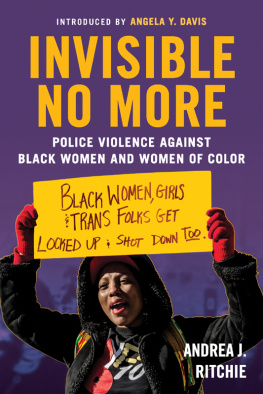
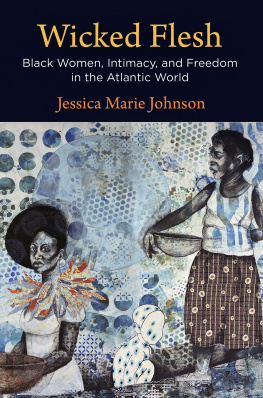
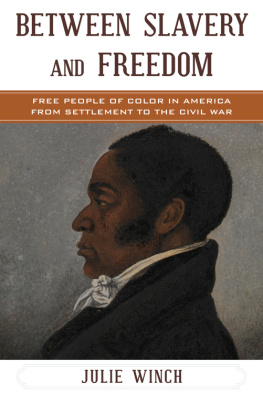
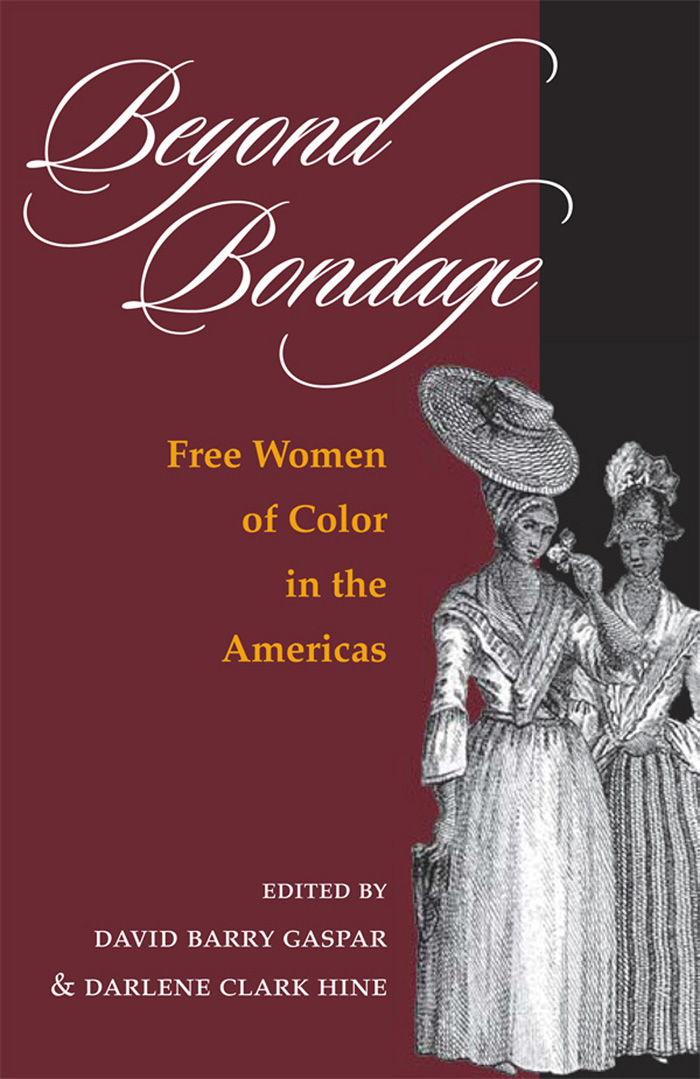
 This book is printed on acid-free paper.
This book is printed on acid-free paper.